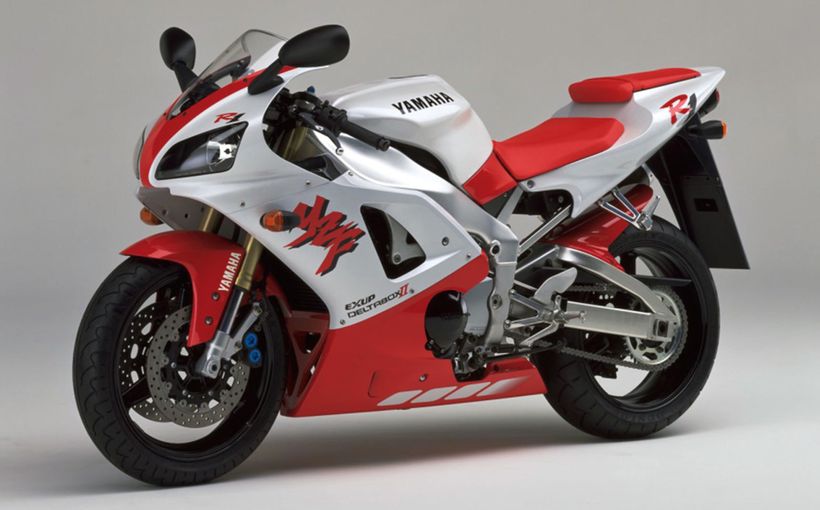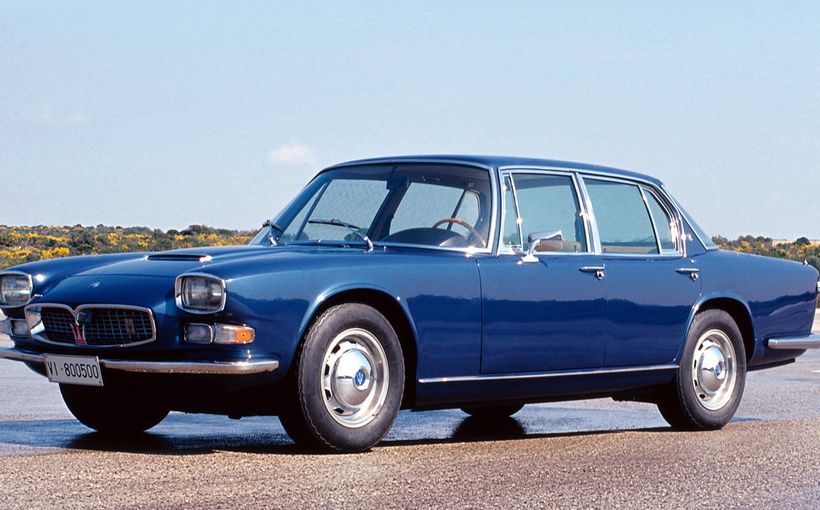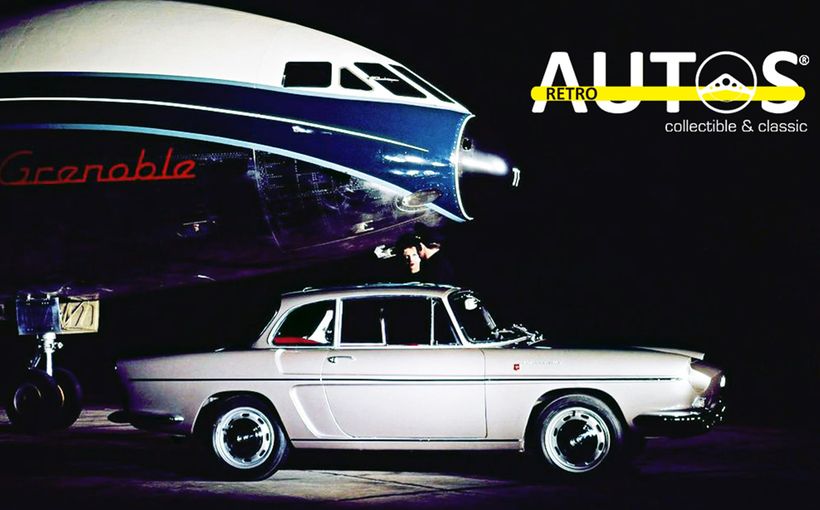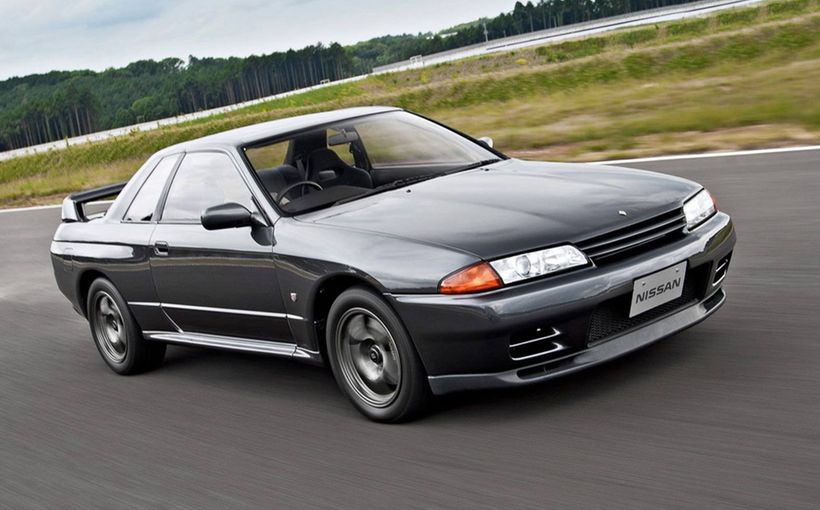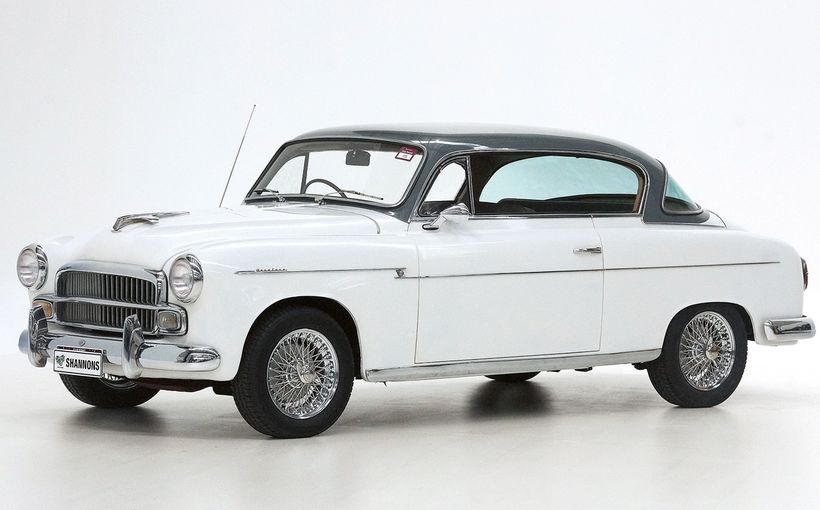FIAT 124: International first, Italian second

In 1967 Fiat introduced its first car flavoured with international markets in mind rather than just Italy. The 124 was one of those machines which was not only far better than it looked but seemed to defy its specification.
The 124 effectively replaced the 1300, a model never sold in Australia. It was a less powerful version of the midsize 1500 available locally from 1962 until 1968. But this is where it becomes confusing because the 124 also filled a similar slot to the 1100D Riviera.
In the May 1967 edition of Wheels magazine, both editor (the late, much missed) Bill Tuckey and his alter ego Romsey Quints raved about this new type of Fiat. Tuckey wrote:
The 124 might look undramatic, but it represents the new breed of 'world car' that we will see more of this year in the Hillman Hunter, Cortina and Volvo 144.
(Tuckey is referring here to the Mark 2 Cortina and he should perhaps have acknowledged the original model's claim to being the true forerunner to the Fiat and these others in its deliberate appeal to markets beyond its homeland - taking its name from an Italian ski resort being a pretty obvious pointer!)
Romsey Quints had a field day!
Nothing gives you as big a shock as getting into a new car and finding that it bears no resemblance to all its brothers and sisters from the same family. You sort of lose your faith in human nature. A Fiat should feel like a Fiat, with spongy column gearshift, all coloured lights and no action you miss , some twitchy oversteer high up in the wet, and a handbrake under the passenger's left thigh somewhere.
So the strapped me into the Fiat 124 (see cover and page 20 - Ed) (get out of my column - RQ) for 100 miles or so at small speeds, and I had to keep referring to the handbook to see if it was really a Fiat. This is a darling car, fans. It has marvellous steering, a tremendous floor shift, and goes like slag off a shiny shovel. The seats are good, visibility is tremendous and it stops like it just fell over something...
Fiat brakes are Fiat brakes, and there's probably no higher compliment than that. I always remember with a twinge of fondness the old 1100 Millecento with those big drum brakes that you just leaned on or looked at and it would nose down in real Fiat fashion and just squish to a violent halt. Now in the Year Of Our Lud 1967 we have a Fiat with discs on all corners and it's just all too easy and nice. Four discs is what makes the Renault 10 so stupidly fast point-to-point for its actual engine size, and I feel in my bones that the 124 will qualify for the same standards.
But you miss things when they make an international, European Common Market car like this for a family of cars which were always terribly individualistic. Things like that fascinatingly squishy washer button the 1100s had, and the way they refused for five models to shift the handbrake from the left-hand-side of the transmission tunnel. In the Fiat 124 it's in the right place; you can actually reach it from the driver's seat and they've taken all the novelty out of life.

I have owned this magazine for close to half a century at this time of writing, having bought it at age 17, when - if possible - I was even more car-crazed than I am now. Re-reading these stories takes me right back. In the following issue, which carries a test of the ZA Fairlane and a news report on the forthcoming Falcon GT, Tuckey expounds on the world car theme:
Just when one starts to think that the big Australian manufacturers are starting to produce modern, intelligent machinery, in come four or five newcomers that really make the market think. The Mazda 1500, for instance, the most International car yet produced by Japan, is doing incredibly well. So too is the new Datsun 1000, and there is a big, big future for the Fiat 124, which is cast in the same 'International' mould as the Mazda.

Nine months or so later, newly 18, I got my 1960 Fiat 1100 Millecento 103D and it seemed much more than seven years older than the 124 which was glamorous in my imagination even if not in its soon-to-be rusty Russian metal. That two-tone grey Millicento, that thoroughly un-modern Millie, made 42 brake horsepower, took 15.8 seconds from zero to 50 mph and could just touch 76 on its oddly accurate horizontal red-strip speedo along the Maltby Bypass.
By contrast, the 124 had 65 horsepower and weighed no more (even before it began to rust its way to premature death) and went almost as hard as the 1500 Millecinquecento.
Here is as good a place as any to consider Fiat's model range in the second half of the 1950s through to the fabulous 124 CC Sport Coupe of 1973 and it's not possible to understand the significance of the boxy 124 without undertaking such a survey.

The 1953 1100 103 was a truly modern postwar Fiat and my 1960 car (code: 103D) was just a reworked edition of that car with a larger, squared-off boot. What had been stupendous in 1953 was becoming old-fashioned – mine was the last model with 'suicide' front doors – and approaching the quaint in 1968 with young JohnWright at the wheel.
The 1100 was updated to the Riviera in 1962, but was in no way to be mistaken for the mind-blowing Buick – one of Bill Mitchell's enduring masterpieces – shown in the US fall of that year. Engine capacity was up from 1,089 to 1,221 and this car was officially the 1100D. Quints was keen to bring it into his column lauding the 124:
Just approach this one with an open mind. Sure, the engine comes from the 1100 Riviera, but we'd rather you forget about that, because there's absolutely no comparison in the way the two get up and go.
The 1100D had 55 horsepower and the 124 got an extra 10. When it was released locally in 1962 the 1500 set a new performance standard for small sedans anywhere this side of an Alfa Romeo or Lancia. Although the 124 replaced the 1300 version of this car, the 1500 lived on. The 1.2-litre 124 weighed just 1,808 lb and ran the heavier 1500 awfully close on performance.

Next came the 125 sedan, which looked like the 124 but was longer (heavier: 2,120 lb), had four square headlights and - more to the point - a dual overhead camshaft 1608 cc four for an 18.2 quarter mile and 100 miles per hour. This car superseded the 1500 Mark III and went on sale locally less than 12 months after the 124.

Take a breath! At the time, the 125 entirely overshadowed the 124 but maybe shouldn't have. In essence, it was a less sophisticated sedan version of the 124 Sport Coupe. But, to save costs, Fiat did not endow the 125 with the 124's formidable dynamics. The smaller car got a coil-sprung rear-end with anti-roll bar and a rear brake pressure-limiting valve while the 125 had none of these desirable features. It showed a propensity to wag its tail over corrugations and to slew sideways under hard braking. So, the 125 neither handled nor stopped as well as the 124. And, incidentally, neither was it International Car of the Year.
Fiat also built the bigger 1800/2100/2300 cars, using its version of Farina's Austin A60 and disturbingly similar Peugeot 404 finny bodies. Even the 2300, although it performed quite well at Mount Panorama, was no performance match for the 125. So, by 1968, the 124 and 125 sedans had effectively taken over from the 1100 range, the 1300/1500 and the Farina cars, while the 124 Sport Coupe took the battle up to previously unchallenged Alfa Romeo.

I only got to drive a 124 sedan once, so it does not number among my nine Fiats (three 1100s, a 1500 Mark III, a 500 Nuova, a 125, an FSM Niki 650, a modified 124 CC Sport Coupe and a glorious 130 Coupe). Remarkably, I did not buy that charming machine - white with a sports exhaust and small-diameter steering wheel. By the time I got around to thinking I should get one, they had all but disappeared into history, absolutely gutted by rust.
Isn't hindsight wonderful? Looking again at my battered May 1967 edition of Wheels, I note a sentence that reveals much more now than it did at the time:
This 124 is the car to be built in a huge new factory complex in Russia - the first contemporary Western car ever to be produced in volume behind the Iron Curtain.
That's a magnificently dated term now, 'Iron Curtain' but there's no question that the steel used behind it in car manufacture was of a very low grade.

The potentially world-beating 124 sedan, voted International Car of the Year for 1967, was born with a fatal disease. I don't know about you, but I haven't seen one on the road since about 1980. What a fantastic formula for a driver’s car the Fiat 124 offered: eager performance with low gearing, lovely steering and handling, sweet floorshift, brilliant brakes, excellent packaging. Oh yes, something we still called conventional in 1967: rear-wheel drive. There were naturally some flaws. The feedback through the steering wheel was much less impressive when it came to U-turns, the 124’s circle having a huge 35 foot diameter. A tachometer would have been welcome. Fuel economy was not brilliant for the size of car, due largely to the low gearing. (This was equally true of the twin cam 125: on a trip from Melbourne to Noosa and back consumption was 23 miles per gallon and I did better than that in an HK Monaro GTS 186S I had owned earlier!) The driving position favoured those shorter of leg and longer of arm. There was a wagon version, too, but it was not sold in Australia.

In autumn 1970 the exciting 124S sedan augmented Fiat’s range of performance models. Its price of $2,724 was high for the size of car but offered seriously good value. The 124 was priced at $2,489 and the 125 at $3,058 at the time. The 1.4-litre DOHC 124 Sport Coupe cost $3,773.

‘S’ for Sport meant four round headlights, recessed door handles, rubber-faced overriders and new rear lights. Importantly, it also meant 10 more brake horsepower – so, 75, achieved mainly through a dual-throat Weber – and lowered suspension. A low fuel warning light was novel but Fiat had always been good on warning lights as Romsey reminded us. The 124S took 19.4 seconds for the quarter and could attain 91 mph, meaning it was still a fair way short of a standard 125 sedan, let alone the $3,563 125S (with those lovely Cromodora alloy wheels, five-speed gearbox and tachometer) which soon followed the 124S to market.

Even photographs of these cars are hard to find now. The half-decade from 1972 looked like Fiat’s halcyon era and while any of these cars were new they offered barely adulterated delight for their enthusiast owners. But in the classic car market of this century they barely exist. And more’s the pity.





